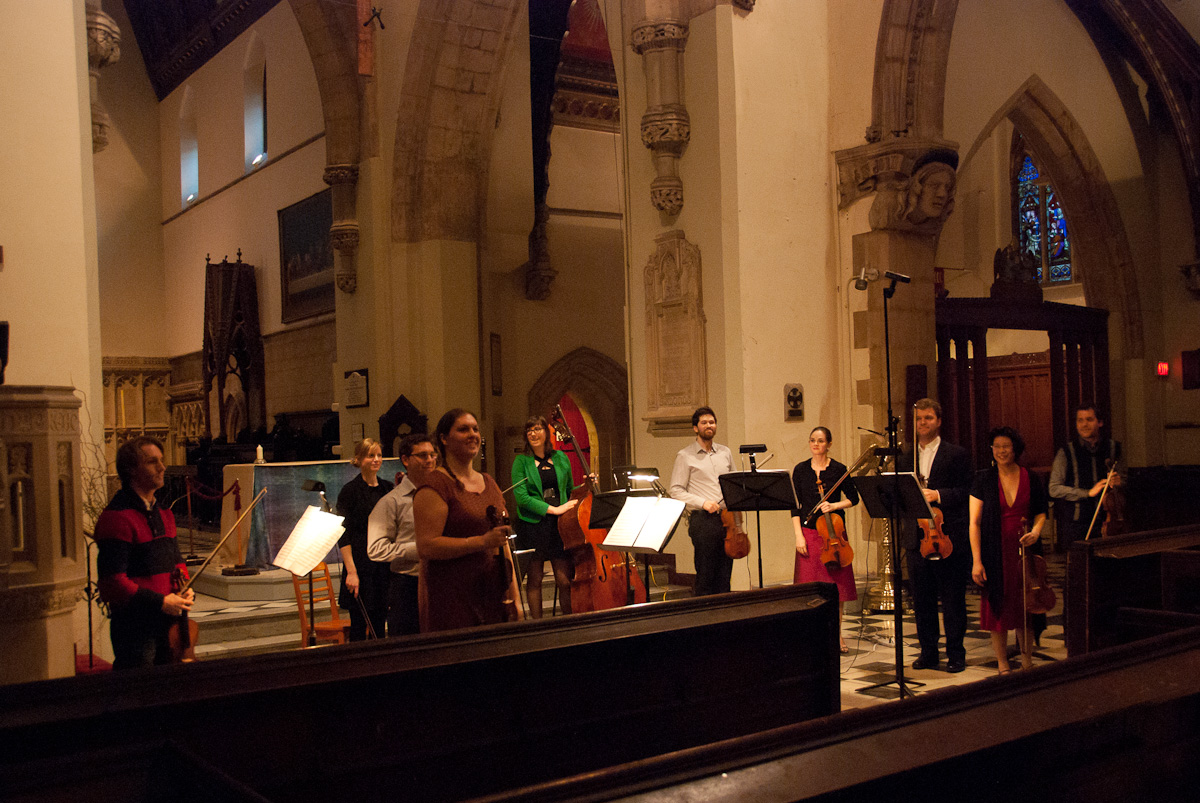Well, back at it again! Phil Chiu and I are hitting the road for a tour of the Maritime provinces, presented by Debut Atlantic. You can check out all of the concert info on their website. The concert dates and locations are listed on carissaklopoushak.com. Here's our program and a bit about us:
Carissa Klopoushak and Philip Chiu have performed extensively together over the last five years. Their musical partnership has taken them across the country, beginning with a 17-city Canadian tour for the Eckhardt-Grammatté competition in 2009. Since that time, they have performed together at the Ottawa Chamber Music Festival, for the Regina Musical Club, and in many recitals and chamber music collaborations in and around Montreal. Their chemistry on stage together is easily felt by audience members; they look forward to presenting this program in Atlantic Canada.
LEOŠ JANÁČEK (1854-1928) Violin Sonata (1914)
1. Con moto 2. Ballada: Con moto 3. Allegretto 4. Adagio
"...In the 1914 Sonata for violin and piano I could just about hear the sound of the steel clashing in my troubled head..." Janáček began work on his Violin Sonata with the clash of WWI all around. Despite calling this work a sonata, he avoided traditional forms, writing in the manner of a stream of consciousness.
The violin opens the piece adamantly and alone, followed by a theme accompanied by dramatic tremolando in the piano. The Ballada features an enchanting melody and a true dialogue between violin and piano. The third movement alternates between anger and regret. The finale pits the violin and the piano against one another in a series of interruptions and abrupt changes of mood – but the two resolve, or dissolve, together into nothingness.
OSKAR MORAWETZ (1917-2007) Duo for Violin and Piano (1947, rev. 1956)
This work by the beloved Canadian composer Oskar Morawetz is in rondo form. The recurring opening theme is both mysterious and playful; the contrastic sections of the work incorporate elements of lyricism and drama.
SERGEI PROKOFIEV (1891-1953) Sonata No. 1 in F minor for Violin and Piano, Op. 80 (1946)
1. Andante assai 2. Allegro brusco 3. Andante 4. Allegrissimo - Andante assai, come prima
Prokofiev began work on his first Violin Sonata in 1938, but completed the work in 1946. It is one of the darkest and most profound works in the repertoire, conceived during one of the more dreadful periods of human history.
The first movement begins in an unstable manner with a meandering melody in the low range of the piano. The movement evokes a sense of turmoil and uncertainty. A chilling passage of muted scales upon bell-like piano chords ends the movement, which according to the composer, mimics the sound of wind in a graveyard.
The second movement is in a bright C major, often aggressive and fragmented. The “heroic” second theme received high praise from Soviet commentators at the time of performance.
The third movement is idyllic, featuring the Lydian scale. It is perhaps the one movement of unadulterated beauty within the work. One senses deep sentiments of love and longing.
The finale attempts joyousness, following a conventional I-IV-V-I progression in F major; however, the unstable metrical ground on which this generic progression appears thwarts its ability to be joyful or celebratory. The movement culminates in heartbreak and sorrow.
CLAUDE DEBUSSY (1862-1918) Sonata for Violin and Piano (1916)
1. Allegro vivo 2. Intermède, fantasque et léger 3. Finale: Très animé
In three short movements, Debussy expresses more character than one would think imaginable. The sonata opens in a meloncholic manner, and travels through various sections of excitement, nostalgia, uncertainty, and bravado. The work culminates joyfully. This sonata allows the performers to experiment with sound worlds and colours in a very freeing way.
MAURICE RAVEL (1875-1937) Tzigane Rhapsodie de Concert (1922)
Ravel masterfully captures the spirit of the gypsy in Tzigane, showcasing the virtuosity of both pianist and violinist.















 Canada Council for the Arts Musical Instrument Bank laureates performing Bach's Brandenburg Concerti at the Montreal Chamber Music Festival.
Canada Council for the Arts Musical Instrument Bank laureates performing Bach's Brandenburg Concerti at the Montreal Chamber Music Festival.



